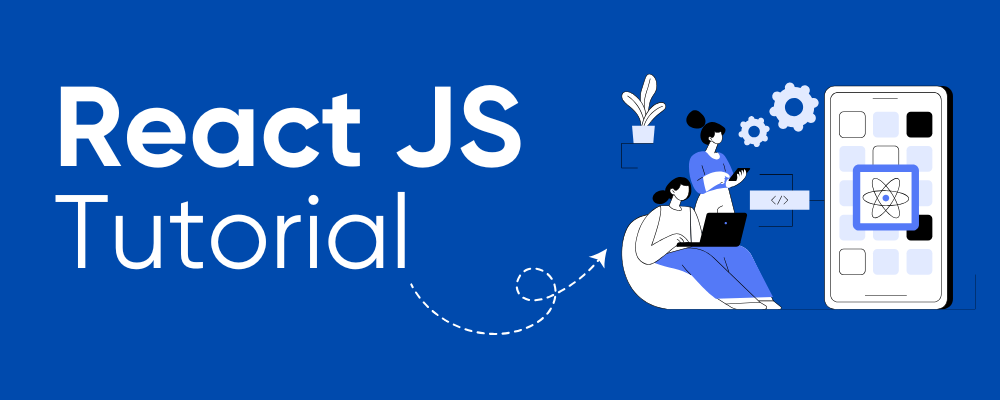


ReactJS is a JavaScript library developed by Facebook for building user interfaces. It focuses on creating reusable UI components and efficiently updating and rendering the right components when data changes. React is primarily used for developing single-page applications (SPAs) and handling the view layer for web and mobile apps.
ReactJS is ideal for:
Here’s a simple example of a React component:
import React from 'react';
import ReactDOM from 'react-dom';
function App() {
return (
<div>
<h1>Welcome to ReactJS</h1>
<p>This is a simple ReactJS example.</p>
</div>
);
}
ReactDOM.render(<App />, document.getElementById('root'));
let, const, arrow functions, and destructuring.map, filter)
Our Program make you Job Ready for your Dream Company 🚀